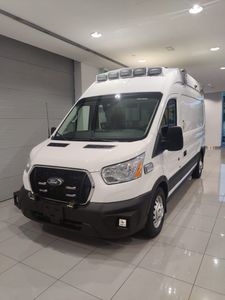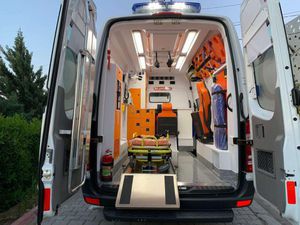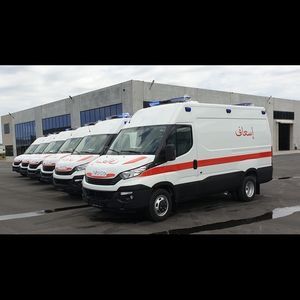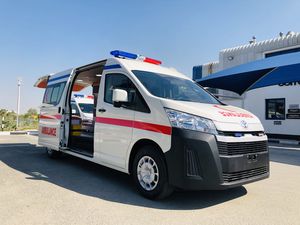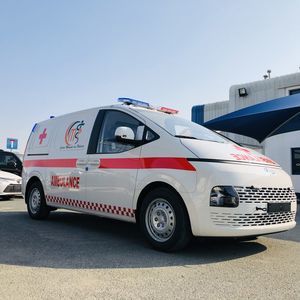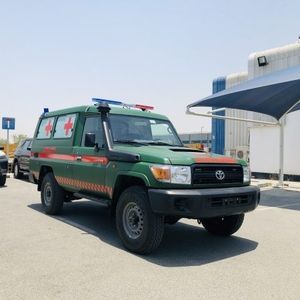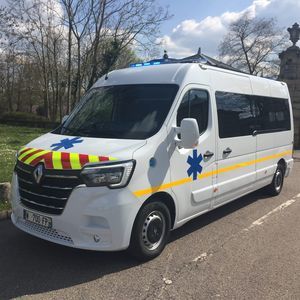
- Primary care
- Emergency medicine, Resuscitation
- Box ambulance
- ICU AUTOMOTIVE IMPORT EXPORT AND CONSULTING.
- Products
- Catalogs
- News & Trends
- Exhibitions
Modular ambulance LC 78 V6with oxygen therapy4x44-stretcher

Add to favorites
Compare this product
Characteristics
- Configuration
- modular
- Other characteristics
- with oxygen therapy, 4x4, 4-stretcher
- Motor type
- diesel
- Transmission
- automatic
- Motor power
245 ch
(245 hp)- Total length
197 in
- Total width
77 in
- Total height
76 in
Description
The Toyota Land Cruiser is a popular base vehicle for ambulance conversions around the world. These vehicles are often converted by specialized companies that focus on building emergency response and medical transport vehicles.
Some of the typical changes made during an ambulance conversion include:
Removing the rear seats and replacing them with a flat cargo area to store medical equipment and transport patients on stretchers. The rear cargo area is often fitted with cabinets, drawers, and racks to securely store medical gear.
Adding emergency lights, sirens, and communication radios. Controls for these systems are installed up front for the driver and medical team.
Installing a bulkhead divider with a sliding window between the front cabin and rear patient area. This allows the medical team to monitor the patient while staying isolated from possible contagions.
Reconfiguring the front cabin seating. The front passenger seat is sometimes removed to make more room for the medical team to work on a patient in the rear.
Adding a dual battery system, upgraded charging system, and inverter to provide stable power for medical equipment.
The result is a rugged, capable ambulance well-suited for driving on rough terrain and working in remote locations. The Toyota Land Cruiser provides durability and off-road ability, while the conversion adds the necessary medical transport functionality.
Reliability
The Toyota Land Cruiser is renowned for its rugged dependability and has proven itself capable of handling the rigors of emergency response use, even in remote areas with poor road conditions.
VIDEO
Catalogs
Other ICU AUTOMOTIVE IMPORT EXPORT AND CONSULTING. products
Ambulances
Related Searches
- Stretcher
- First response vehicle
- Non-invasive ventilator
- Emergency stretcher
- Van first response vehicle
- Foldable stretcher
- Mobile health vehicle
- Portable ventilator
- CPAP ventilator
- Emergency ventilator
- Transport ventilator
- Truck mobile health vehicle
- Ambulance with oxygen cylinder
- Box body ambulance
- Stretcher on casters
- Compact ventilator
- Type A ambulance
- Type B ambulance
- Off-road ambulance
- Diesel ambulance
*Prices are pre-tax. They exclude delivery charges and customs duties and do not include additional charges for installation or activation options. Prices are indicative only and may vary by country, with changes to the cost of raw materials and exchange rates.



